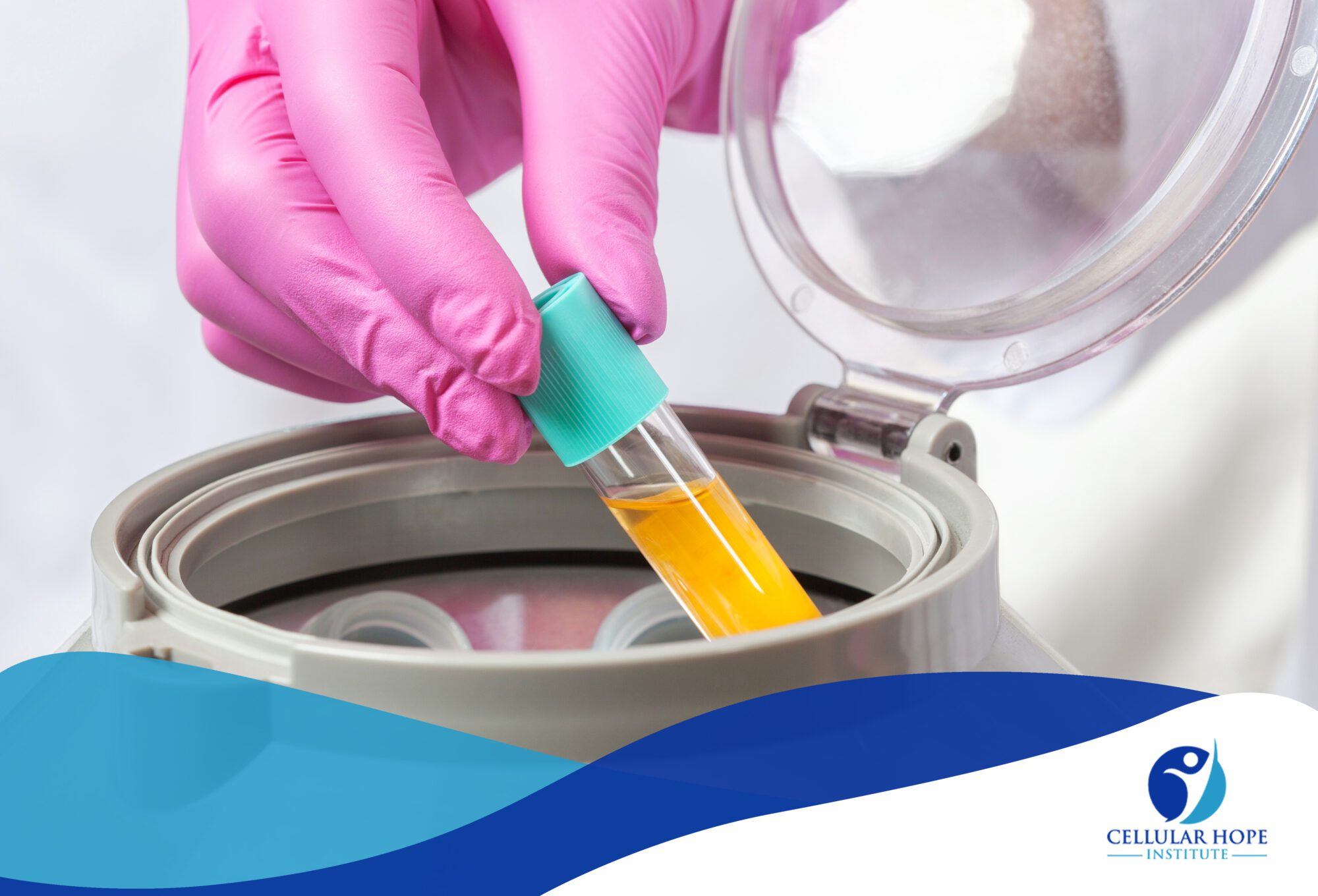Platelet-rich plasma (PRP) therapy has gained popularity in recent years as a treatment for a variety of medical conditions. PRP treatment is a minimally invasive procedure that involves the injection of concentrated platelets from the patient’s own blood into the targeted area.
What is PRP Treatment?
PRP therapy involves extracting a small amount of the patient’s blood and separating the platelets from other blood components through a process called centrifugation. The concentrated platelets are then injected into the area being treated, where they release growth factors that promote healing and tissue regeneration.
How does PRP Treatment work?
Platelets are the cells in the blood that are responsible for clotting and healing injuries. When platelets are concentrated in PRP, they release growth factors and other proteins that stimulate cell growth and tissue repair. This leads to the formation of new blood vessels, collagen, and tissue in the area being treated.
PRP therapy involves a simple three-step process:
Step 1: Blood is drawn from the patient’s arm, typically 30-60 ml.
Step 2: The blood is then placed in a centrifuge, which spins at high speeds to separate the platelets from other components of the blood.
Step 3: The concentrated platelets are then injected into the affected area.
The entire process usually takes less than an hour, and patients can return to their daily activities immediately after treatment.
What’s PRP Used For?
PRP therapy is a popular treatment for musculoskeletal injuries such as tendonitis, sprains, and strains. The concentrated platelets are injected into the affected area, where they release growth factors and stimulate the healing process. This can reduce inflammation, pain, and speed up the recovery process.
Using PRP therapy for treating hair loss in both men and women is also becoming popular. By injecting platelets into the scalp, hair follicles can grow and become thicker. This treatment is especially beneficial for individuals with androgenetic alopecia (male or female pattern baldness).
Skin rejuvenation also benefits from PRP therapy. The concentrated platelets can stimulate collagen production, improve skin texture and tone, and reduce the appearance of fine lines and wrinkles. It is particularly beneficial for people with sun damage, acne scars, or uneven skin tone.
What are the Benefits of PRP Treatment?
AS PRP therapy has been used to treat the various medical conditions mentioned before, here are some of the benefits:
- Speeds up the healing process: PRP treatment delivers a concentrated dose of platelets, which can accelerate the healing process of injured or damaged tissues.
- Minimally invasive: PRP therapy is a minimally invasive procedure that does not require surgery or general anesthesia.
- Reduces pain and inflammation: The platelets in PRP contain growth factors that can help reduce pain and inflammation in the treated area.
- Low risk of infection: Since PRP treatment uses a patient’s own blood, there is a low risk of infection or allergic reaction.
PRP therapy is a safe, effective, and versatile treatment that can provide numerous benefits for patients. If you are experiencing pain, inflammation, or a condition that requires tissue repair, PRP therapy may be a viable treatment option to consider.
At Cellular Hope Institute we have the best professionals who will accompany you throughout the process. Contact us to learn more about how to benefit from PRP treatment and live a longer, healthier life.

